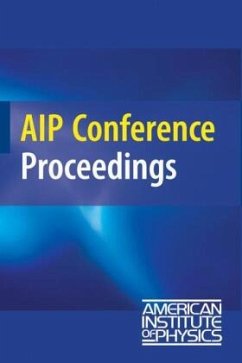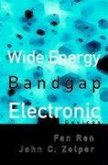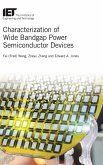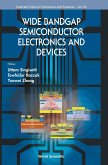The aim of this symposium is to serve as an international forum for the discussion on the recent research progress in crystal growth, processing and characterization of wide bandgap semiconductors having the cubic (blende) crystalline structure. Despite their promising properties, these materials are generally difficult to elaborate in the cubic structure. Even if, at first glance, each case may be different, they share important issues to be tackled such as the choice of an adapted substrate, innovation in deposition techniques or the defect forming within the material (polytype inclusions, twins ). Their destiny is more probably linked together since the emergence of one of these cubic materials could help the others by providing better adapted seeds than the usual ones. The materials targeted are mainly 3C-SiC, diamond, cubic III-N materials and c-ZnO though emerging and new CWBS are also welcome. Both theoretical and experimental studies are within the scope of this simposium. Current challenges include the understanding and optimization of the growth processes for bulk and thin films; stabilization and production high-quality CWBS material; development of adapted deposition processes; determination of the fundamental and experimental properties of CWBS; processing challenges; possibility of CWBS cross-integration for bandgap engineering; device demonstration and identification of the potential of CWBS and the targeted applications.








